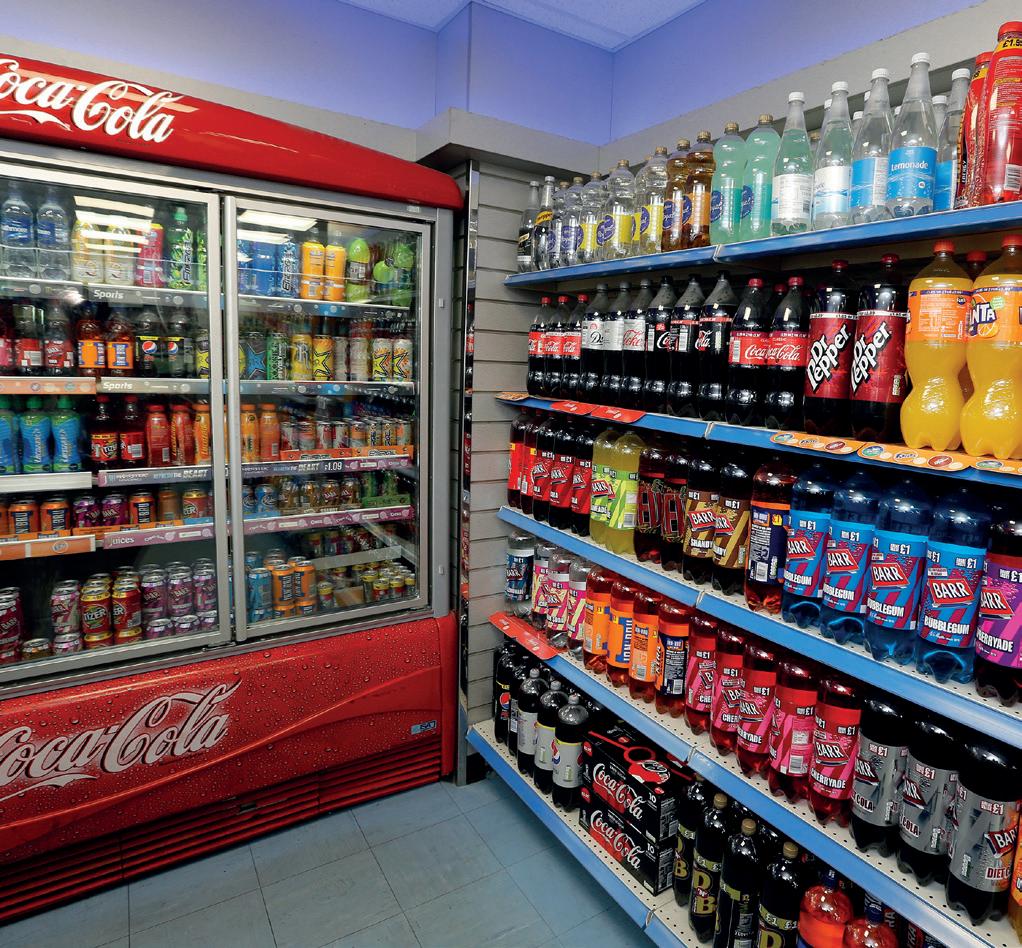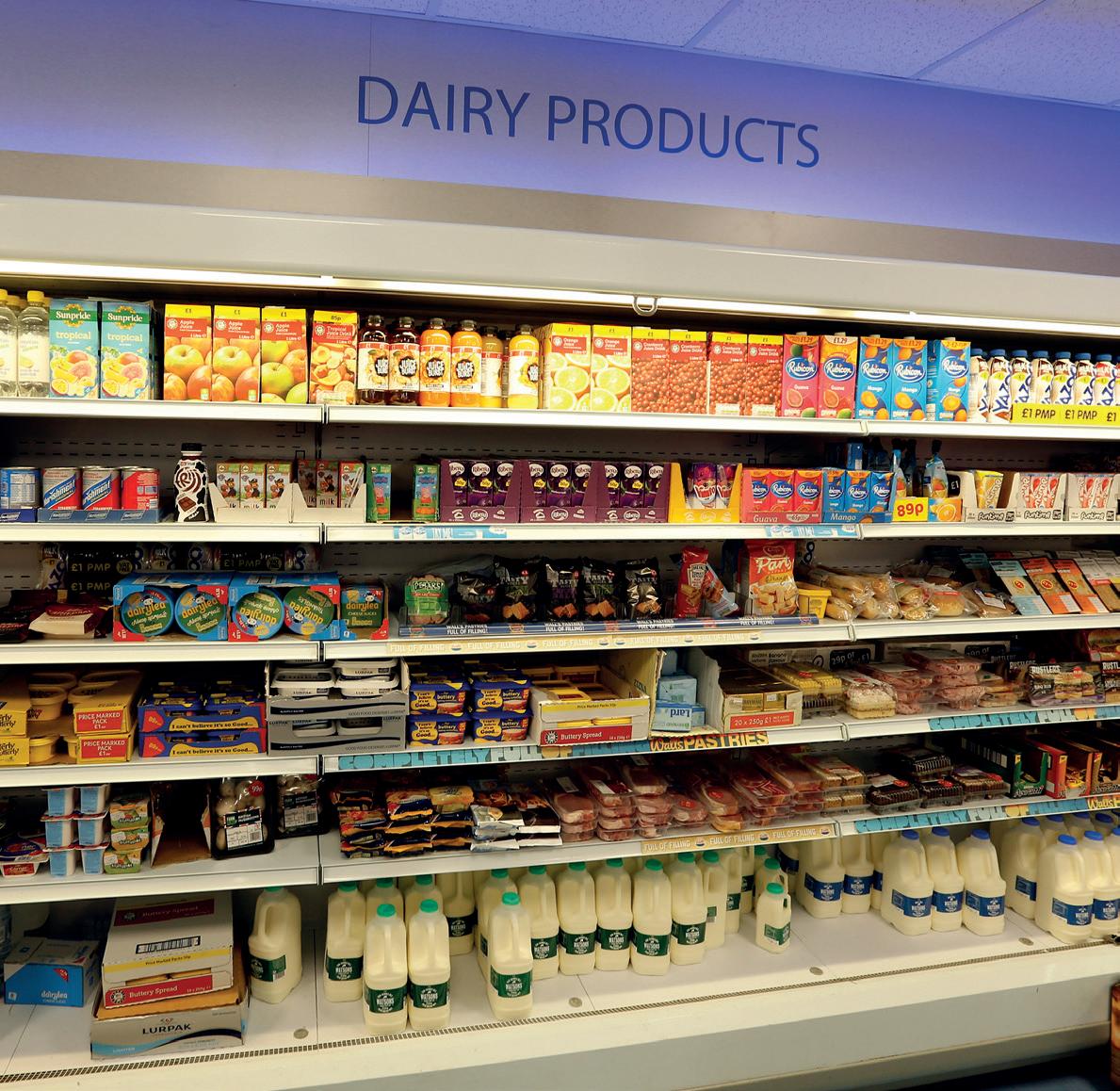
2 minute read
CUT ENERGY USE Take thousands off your annual bills
Charles Whitting discovers the inexpensive tricks and technology that can save you money on your energy bills
Energy bills have been a major issue for independent retailers for some time now. With bills continuing to skyrocket, even retailers who are on more comfortable fixed agreements know that once they come to an end, more money will have to be found or less electricity will have to be used. In addition, the Energy Bill Relief Scheme (EBRS) ended in April 2023 to be replaced by the Energy Bills Discount Scheme, which offers less protection for businesses.
With the cost-of-living crisis having an impact on retailers’ incomes, it is more important than ever to find ways to reduce your usage to maintain your bottom line. Some of these plans require significant upfront investment and some retailers are not in a position to pay such large upfront costs for returns further down the line. But there are more affordable approaches which can save retailers thousands on electricity bills.
SPEND £100S, SAVE £1,000S
Convenience stores have a lot of appliances that consume lots of electricity and simply can’t be turned off, but if retailers are clever and lean on technology and apps, they can ensure they are only using energy when they actually need it.

Ken Singh, from BB Nevison Superstore in Pontefract, West Yorkshire, has done just that, spending a few hundred pounds on smart plugs, timers and apps to save on his electricity bills.
“We’ve made small changes and we still have a way to go,” he says.
“It’s not one-size-fits-all, but there are immediate changes you can make wherever you are. Data is king. I can break down the hourly usage on all my fridges and freezers, and set timers using the app.”
Singh has yet to replace his open cabinet fridges because the cost of getting new doors fitted was too high, but it remains on his to-do list. Instead, he has looked at how much time his fridges really need to be on and installed automatic switches on Tapo plugs, which he can monitor using the app.
“It’s easy to put your fridges on timers,” he says. “I have a big range of fridges on timers to minimise our energy use. I’ve spent around £200 on these and I’m saving £4,000-£5,000 a year by doing it.”
By using the app, Singh can identify how much energy each fridge is using on a monthly, weekly, daily and even hourly basis. This has allowed him to compare, for example, the energy usage of the fridges supplied to him by brands such as Coca-Cola and Lucozade, and to then choose the companies he asks to get him branded fridges accordingly.
Singh has put all his non-perishable fridges on timers so they turn off at certain times of day and throughout the night, without the drinks themselves losing their coldness. The fridges turn on half an hour before he opens his doors and at rotating periods through the day, they are turned off for an hour and a half.
“One is off from 11am to 12.30pm, and then at 12.30pm another goes off until 2pm,” he says. “About half an hour before we close, they all go off. I’ve looked at the data. One of my fridges used 217kW in the past month and used 224kW this month. If I had them on 24/7, I’d be using more than 1,178kw per month.”
While it can be said that the fridges use more energy bringing the temperature down each time they’re turned on, Singh has factored this in. First, his fridges are set up at 5-7 ° C rather than 2° C, which means less energy is needed to bring it down to a temperature with which customers are happy.
“My first hour when I turn it on, it’s using 1.74kW, and after that it’s 1.6kW, so it’s working harder










